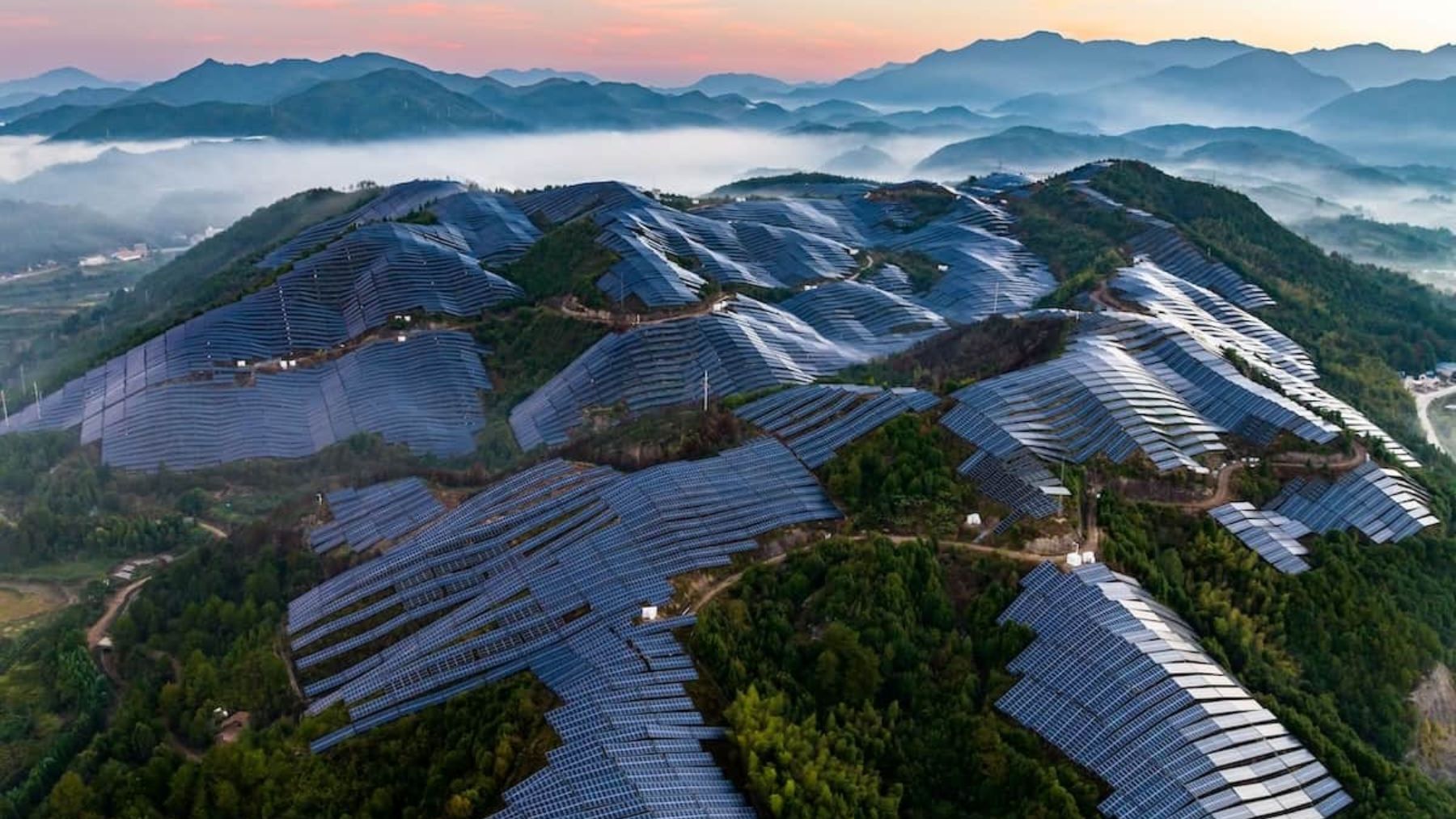Public discussion and awareness of climate change is nothing new, and Millennials and Gen Zers, in particular, are intimately familiar with the dire predictions of human-caused climate change.
This discourse is alive and well in China this week as the nation grapples with the economic impact and human toll of catastrophic flooding in Central China’s Henan province — with a year’s worth of rain falling in just three days on some cities.
For years now, extreme weather events from hurricanes to high-temperature-induced wildfires have been credited to climate change, but there’s little doubt that 2021 feels like something of a wake-up call.
From late June to early July, record-breaking temperatures blanketed Western North America, resulting in deaths, damaged infrastructure, and vicious wildfires. At roughly the same time, parts of Russia and Eastern Europe were dealing with their own abnormally hot weather.
This week, western Europe was also hit with calamitous flooding, resulting in at least 189 deaths.
The deluge currently inflicting its wrath on Central China has so far resulted in 25 deaths, with seven people still missing, according to State-backed English-language broadcaster CGTN. Caused by heavy rainfall, the floods have displaced more than 164,000 people and affected 1.24 million people.
Related:
 Meet the Architect Whose Revolutionary “Sponge Cities” are Helping Combat Climate ChangeDr. Yu Kongjian and his “sponge city” model have helped change how we think of landscape architecture but also seen him branded a “US spy” by someArticle May 28, 2020
Meet the Architect Whose Revolutionary “Sponge Cities” are Helping Combat Climate ChangeDr. Yu Kongjian and his “sponge city” model have helped change how we think of landscape architecture but also seen him branded a “US spy” by someArticle May 28, 2020
Images of flooded subway carriages and roads that look more like rivers in Henan’s provincial capital Zhengzhou — one of the worst hit areas — have been widely shared on Chinese social media.
Zhengzhou’s ‘sponge city’ infrastructure has been a noted point of discussion in the aftermath of the floods. The city is a pilot city for the sponge city model, which is designed to retain, clean, and reuse stormwater.
While the city’s sponge city has reportedly been able to eliminate 125 areas prone to flooding in the metropolis, the immensity of the deluge that fell earlier this week was too much for the multibillion-dollar project.
The destruction and despair that have accompanied the Central China flooding has been difficult to ignore and netizens and major media outlets are chiming in, linking the tragedy to climate change.
Related:
 “Nobody Likes Waves of Trash”: China’s First Pro Surfer Turns Eco WarriorHainan-based Chinese surf star Darci Liu on her hopes to follow in Yao Ming’s environmentalist footsteps and to produce China’s “Blue Planet”Article Oct 25, 2018
“Nobody Likes Waves of Trash”: China’s First Pro Surfer Turns Eco WarriorHainan-based Chinese surf star Darci Liu on her hopes to follow in Yao Ming’s environmentalist footsteps and to produce China’s “Blue Planet”Article Oct 25, 2018
According to a BBC segment aired on the morning of July 22, Chinese scientists have claimed that climate change is responsible for making the annual flood season “much more dangerous.”
Speaking to Reuters, atmospheric science professor Johnny Chan from City University of Hong Kong stated, “Such extreme weather events will likely become more frequent in the future. What is needed is for governments to develop strategies to adapt to such changes.”
Related:
 Watch: Is China Helping or Hurting Our Environment?China can be painted as both a hero and villain when it comes to its role in our climate crisisArticle Apr 22, 2020
Watch: Is China Helping or Hurting Our Environment?China can be painted as both a hero and villain when it comes to its role in our climate crisisArticle Apr 22, 2020
On China’s Twitter-like microblogging platform Weibo, netizens were quick to offer their thoughts, posting under the hashtags like #Global warming leads to extreme weather events#.
“A predicted result of global warming is that there will be more rainstorms in the future, and the number of disasters brought about by extreme and heavy precipitation will also increase,” noted one Weibo user.
Another opined, “Focus on global warming, protecting the environment is everyone’s responsibility and no one is immune [to climate change].”
Others questioned how they can contribute to combating the climatic upheaval of our time, with some noting they should cut down on waimai, Chinese for take-out food. “What can I do? First, I can try not to order food delivery,” wrote one user.
Additional reporting by Bryan Grogan
Click here for more of our coverage on the Henan floods.
Cover image via Pixabay
















